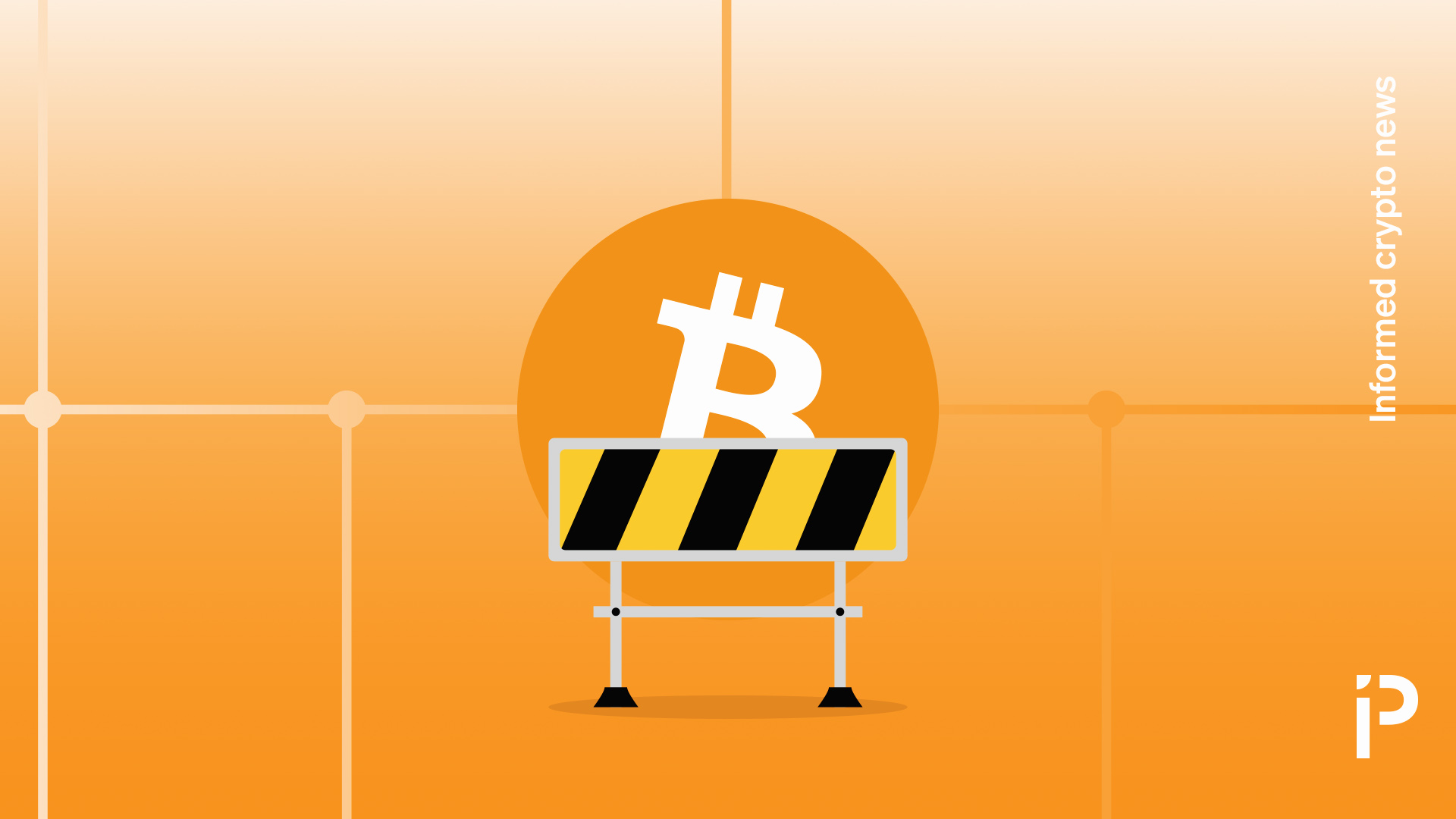This is a segment from The Drop newsletter. To read full editions, subscribe.
In the wake of Pump’s success, OpenSea has been transforming from an art-forward NFT marketplace into a token-trading aggregator supporting 22 blockchains.
OpenSea has gained over $25 million in token trading revenue and roughly $5.6 million in NFT trading revenue in the past month, marking a sudden surge in activity after what has otherwise been a slow year for the platform.
“There’s a huge opportunity in the app layer for a company to hyperfocus on building an experience that combines the best of what a centralized exchange experience has to offer in terms of Web2-type usability, and [what] DEXs have to offer,” OpenSea CEO Devin Finzer told me in an interview. “No one has really done that.”
OpenSea’s own data on Dune shows the marketplace has seen about $45.8 million in revenue this year so far. That means that the past month alone currently makes up over 66% of its annual revenue, which is a staggering stat.
It saw 202% month-over-month revenue growth, with over $520 million in 30-day NFT volume and $3 billion in 30-day token volume.
What gives? Well, the OpenSea Foundation — which OpenSea has been very tight-lipped about — is gearing up to launch the SEA token sometime in Q1 next year. OpenSea has repeatedly emphasized that the foundation is separate from the company, but has largely dodged my requests for more information. Back in February, the company told me that no OpenSea board members or staff members work at the foundation, and that OpenSea’s legal team didn’t set it up, but OpenSea has not yet shared who is actually running it.
On its platform, OpenSea has been incentivizing traders with a reward pool of NFTs and tokens, distributed via “treasure chests.” Traders are also buying and selling various assets in hopes that they’ll SEA a big payday when the token finally launches.
So the farmers are keeping busy.
We also now know that half the token supply will be allocated to “the community,” which suggests there may be lots of SEA up for grabs for power-traders.
This long-awaited token, plus other types of rewards including various NFTs, is likely what’s driving traders and farmers back to the platform.
OpenSea had over 73% of the Ethereum NFT trading market share last week, with Blur coming in second with over 22%.
“We don’t even really think of Blur as a primary competitor these days,” Finzer said. “We’ve expanded our vision to trading everything.”
OpenSea will also be building on that vision to become a one-stop shop for crypto traders by adding perps trading, which Finzer confirmed in his post last week.
The marketplace is overhauling its mobile app to further compete in the trading app space, and is looking at more ways to simplify the user experience even further by quashing existing friction points (one of my personal gripes I hope it’ll fix is that wETH is still required to make offers on OpenSea). The mobile app rework is currently in closed alpha.
“There’s ETH on Solana, there’s ETH on all of these different chains,” Finzer said during our conversation. “For a user, they just want to understand it as a single ticker. They just want to be able to buy and sell ETH, regardless of where it is, wherever the best liquidity is. And so we’re going to abstract even that layer away from people, so that [they] can actually use this in a way that feels natural to them, without having to worry about the different chains.”
“If you want to know under the hood, we also provide that functionality for people who are more advanced, but the point is you don’t have to. And so I think this is really the next layer of abstraction for really great consumer apps,” he continued.
The marketplace is doling out over $12.2 million in NFT and token rewards to traders who used its platform in the first wave of its gamified engagement campaign that’s been ongoing for much of the year.
Some traders in OpenSea’s Discord server, however, are concerned that they might have to KYC, or divulge their locations and government IDs, in order to claim rewards. Some appear worried they might be spending to maximize their rewards, only to receive a reward that they might not even be allowed to ultimately claim.
While we don’t have firm confirmation from OpenSea yet on what rewards might require this, one OpenSea Discord community mod said that winning “select NFTs” would require recipients to KYC.
Back in February, OpenSea confirmed to me that SEA will be available to US residents.
It’s still unclear, though, whether OpenSea will reward past users of its platform — or whether only those grinding its rewards campaign will be eligible to claim any amount of the upcoming token.
Get the news in your inbox. Explore Blockworks newsletters:
Source: https://blockworks.co/news/opensea-trading-aggregator-pivot



